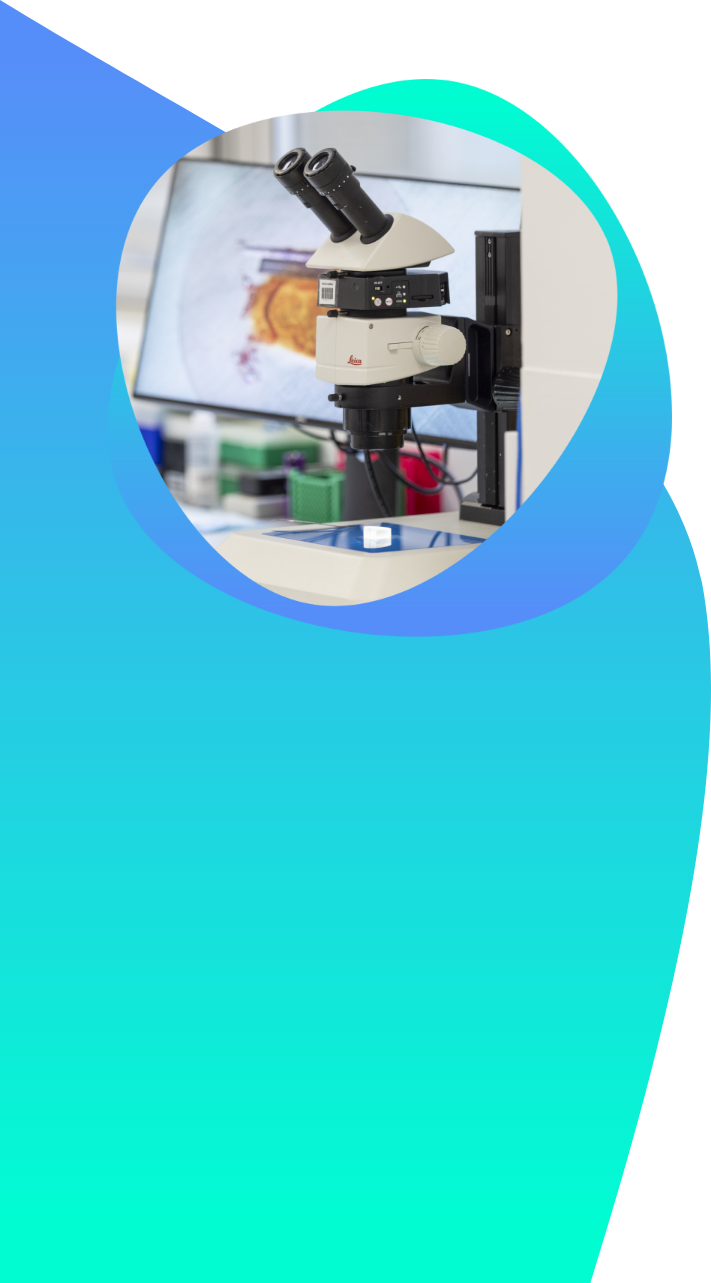The Vagus Nerve
The vagus nerve is made up of two types of fibre:
- Afferent fibres, which make up most of the vagus nerve, carry signals that encode information about the body to the central nervous system (CNS, made up of the brain and spinal cord).
- Efferent fibres, which carry electrical impulses from the CNS to the heart, lungs and digestive system.
Whereas afferent fibres might inform the brain that an organ is inflamed, the efferent fibres may carry signals to the organ to reduce the inflammatory response.
The vagus nerve helps regulate multiple bodily functions, many of which are described in Table 1. Some are voluntary, and some are involuntary (such as reflexes).
The extensive network formed by the vagus nerve and its branches throughout the gut—from the oesophagus (food pipe) down to the first part of the colon (large bowel)—is an important part of the body.
The combination of this network and its connection to the CNS make up a two-way highway often called the brain-gut axis. As well as monitoring the activities of the internal organs, the brain-gut axis also:
- Activates the gut’s immune system (the gut wall barrier against microorganisms)
- Affects leakiness of the gut lining
- Regulates inflammation (a process induced by the immune system causing the tissue to become hot, red, swollen and sometimes painful).
TABLE 1
Functions of the vagus nerve
| Organ | Function |
|---|---|
|
Part of the tongue > |
Increases brain dopamine levels |
|
Larynx (voice box) and throat |
Speech |
|
Trachea (windpipe) and lungs |
Cough reflex, mucus production and airway diameter |
|
Heart |
Heart rate and amount of contraction by upper heart chambers |
|
Throat and oesophagus (food pipe) |
Swallowing |
|
Stomach and most of the bowel |
Contractions and secretions of the gut needed to help with food digestion, vomiting |
| Pancreas |
Glucose levels, digestion and metabolism of food |
|
Liver |
Glucose production |
|
Gallbladder |
Bile production which helps digestion |
|
Bladder |
Urinary sphincter constriction |
|
Brain |
Mood, stress response |
|
Immune system and inflammation |
Vagus nerve is a main component of the body’s immune and inflammatory response |
When the body is under stress or inflammation, the vagus nerve communicates with a body system called the hypothalamic-pituitary-adrenal axis, or HPA axis, leading to release of cortisol—a major stress hormone.
Having high cortisol may cause euphoria, irritability, mood swings and low mood. Various studies have found high levels of cortisol in mental disorders such as depression, bipolar disorder and schizophrenia.
It is thought that high cortisol can affect brain hormone levels, such as lowering serotonin levels. Growing research suggests that symptoms of chronic depression and anxiety can be improved with vagal nerve stimulation (VNS) by activating nerves that produce various brain hormones involved in mood regulation.
Information regarding body inflammation travels via the vagus nerve to the CNS, and signals are sent back to the gut to stop the inflammatory process. This happens in a number of ways.
Firstly, as mentioned earlier, the vagus nerve can work with the HPA axis to activate the release of cortisol and other hormones that reduce inflammation.
Secondly, the vagus nerve can stimulate release of two neurotransmitters (molecules that pass between nerves), noradrenaline and acetylcholine, reducing the inflammation.
Around 15 centimetres long, the pancreas lies high up in the abdomen, behind the stomach. The pancreas has a complex relationship with many of the gut hormones and secretes enzymes into the small intestine to help break down food. In addition, the pancreas produces several hormones, two of which are insulin and glucagon.
When glucose is sensed in the gut, the vagus nerve is thought to stimulate the pancreas to release insulin. Insulin increases the storage of digested carbohydrates, proteins and fats.
Glucagon does the opposite, triggering the body to release these products from storage into the bloodstream when required.
A balance of these two hormones is therefore needed to manage blood glucose and the body’s energy levels—too much insulin relative to glucagon can lead to hypoglycaemia (low blood sugar); too little insulin relative to glucagon can lead to diabetes which can lead to multiple medical complications.
How research at the Bionics Institute is harnessing the vagus nerve
Our researchers are developing a vagus nerve stimulation device to treat rheumatoid arthritis and Crohn’s disease.
How does it work?
• A tiny electrode array is attached to the vagus nerve just under the diaphragm and powered by a small battery implanted at hip level
• The vagus nerve is stimulated by the electrode array in response to inflammation caused by Crohn’s disease or rheumatoid arthritis
• The vagus nerve initiates a natural anti-inflammatory response to reduce the symptoms of Crohn’s disease or rheumatoid arthritis.
• The treatment causes fewer side effects than medications and the battery lasts for 10 years.
With your help, we can accelerate the development of this device, improving the lives of those with Crohn’s disease and rheumatoid arthritis.
Medical disclaimer
This article contains general information relating to a medical condition. Such information is provided for informational purposes only and does not replace medical advice given by your healthcare professional.
Albert U, Maina G, Aguglia A, Vitalucci A, Bogetto F, Fronda C, et al. Vagus nerve stimulation for treatment-resistant mood disorders: A long-term naturalistic study. (CC 1.0). BMC Psychiatry [Internet]. 2015 Mar 31 [cited 2022 Jul 7];15(64):1–9. Available from: https://bmcpsychiatry.biomedcentral.com/articles/10.1186/s12888-015-0435-8
Barrett KE, Barman SM, Brooks HL, Yuan J. Ganong’s Review of Medical Physiology. 26th ed. McGraw-Hill Education; 2019.
Breit S, Kupferberg A, Rogler G, Hasler G. Vagus nerve as modulator of the brain-gut axis in psychiatric and inflammatory disorders. (CC BY). Front Psychiatry. 2018 Mar 13;9:44.
Lkhagvasuren B, Mee-inta O, Zhao ZW, Hiramoto T, Boldbaatar D, Kuo YM. Pancreas-Brain Crosstalk. (CC BY). Front Neuroanat [Internet]. 2021 Jul 20 [cited 2022 Jul 7];15:1–15. Available from: https://www.frontiersin.org/articles/10.3389/fnana.2021.691777/full
Milev R V., Giacobbe P, Kennedy SH, Blumberger DM, Daskalakis ZJ, Downar J, et al. Canadian Network for Mood and Anxiety Treatments (CANMAT) 2016 clinical guidelines for the management of adults with major depressive disorder: Section 4. Neurostimulation treatments [Internet]. Vol. 61, Canadian Journal of Psychiatry. SAGE Publications Inc.; 2016 [cited 2022 Jul 6]. p. 561–75. Available from: https://journals.sagepub.com/doi/pdf/10.1177/0706743716660033
Pavlov VA, Tracey KJ. The vagus nerve and the inflammatory reflex—linking immunity and metabolism. Nat Rev Endocrinol [Internet]. 2012 Dec [cited 2022 Jul 7];8(12):743–54. Available from: https://www.ncbi.nlm.nih.gov/pmc/articles/PMC4082307
Snell RS. Clinical Anatomy for Medical Students. 6th ed. Vol. 6th Ed. Lippincott Williams & Wilkins; 2000.



